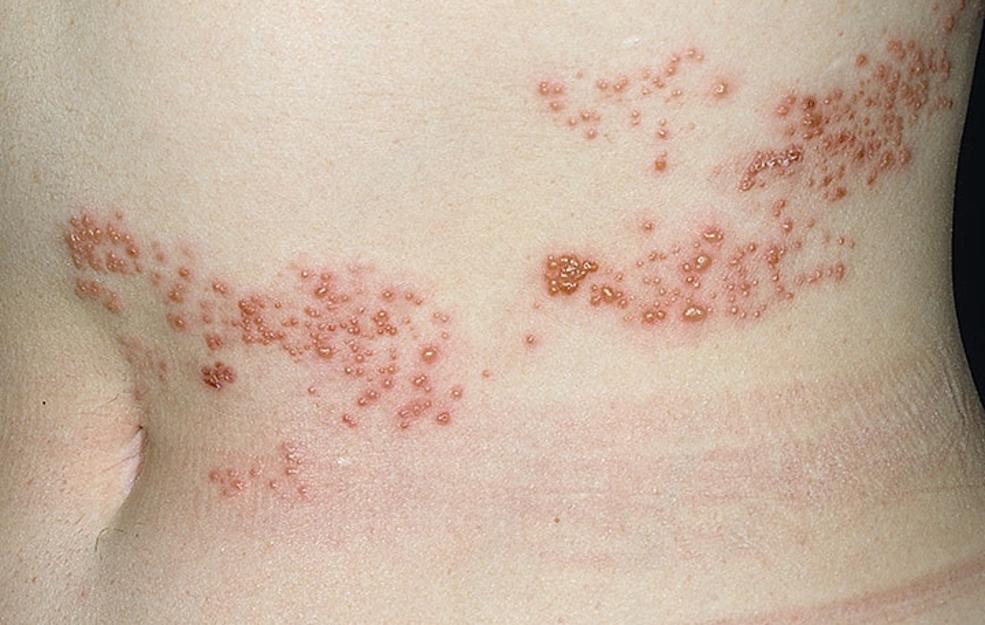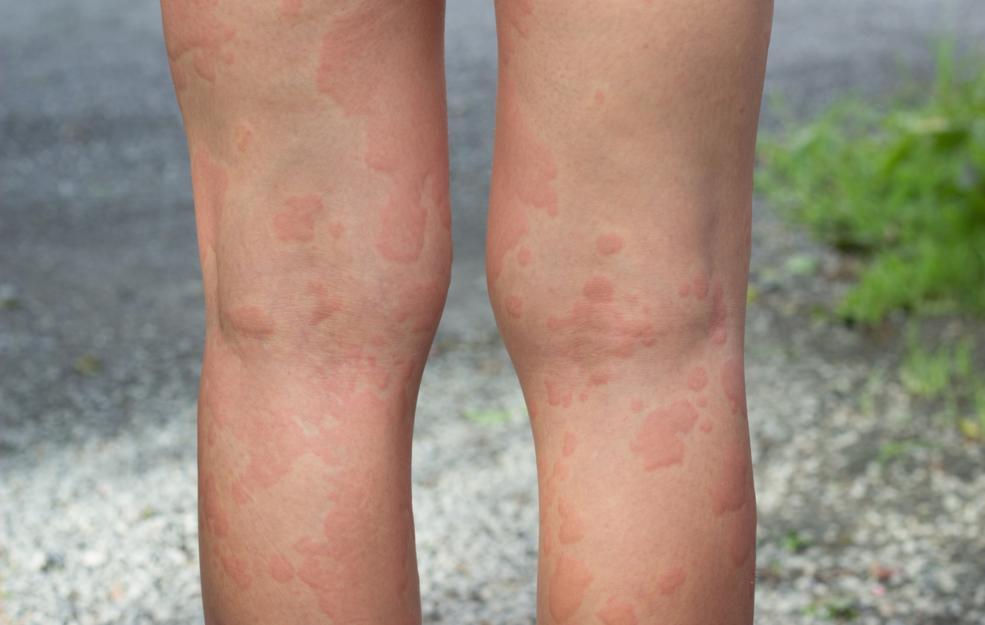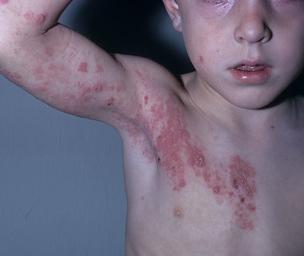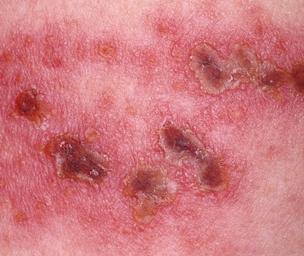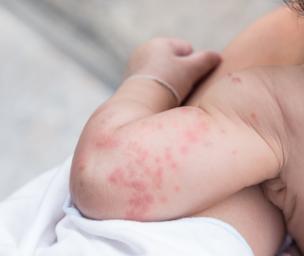How Is Shingles Treated?
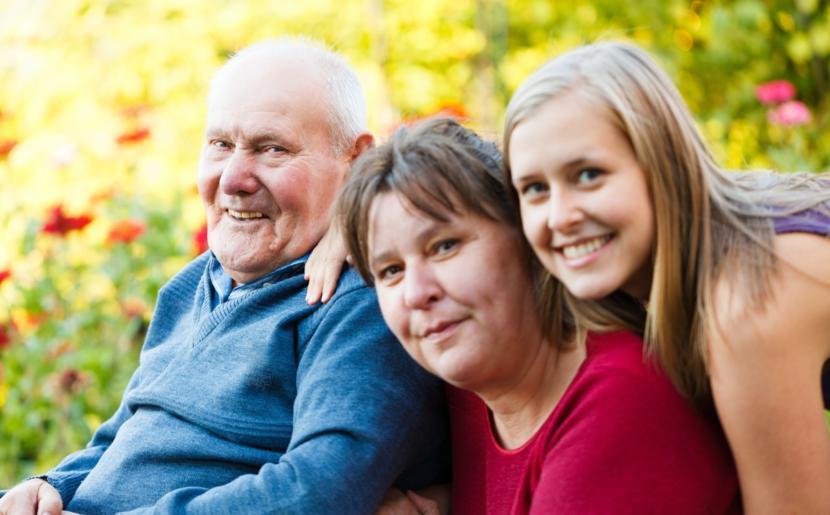
Shingles, or herpes zoster, refers to the painful skin rashes caused by the varicella zoster virus. In this condition, a band of rashes usually appears in a small area on the face or body. This infection is very common in people who have a weak immune system due to various reasons. Older adults are also at a higher risk of getting varicella infection. This disease is caused when the virus that causes chickenpox becomes active again from its dormant state.
Antiviral drugs are the most common and effective treatment options against the virus. These medications reduce the duration of the disease and prevent further complications. Treatment with antivirals should start ideally within three days the first symptoms are seen. The initial symptoms of this disease include a painful, tingling or burning sensation on one side of the body. Rashes start developing after the pain, which is usually severe. If the medications are started before the appearance of blisters on the skin, symptoms are better controlled.
Doctors prescribe corticosteroids to control swelling and pain, but relief obtained by these varies from person to person. Itching can be reduced by taking antihistamines. These can be either in the form of a pill or creams for topical application. Using soothing baths and lotions also help in reducing itching to a large extent. Pain relievers and applying wet compresses gives considerable relief from pain.
Taking adequate rest until the fever subsides is recommended to prevent further complications. Good home care is also needed to recover soon. This includes keeping the skin rashes and sores clean. One should avoid using the contaminated items. All non-disposable items used by the patient should be washed in boiling water or should be disinfected properly before being used again.
Anyone who has had chicken pox earlier can have shingles at a later stage. The chances of getting this infection increases with age. Weak immune system also increases the risk of shingles in those who had chicken pox earlier. Vaccines are now available for people above the age of 50-years-old. This reduces the chance of infection that leads to severe pain. People who still get shingles after vaccinations have very less pain and rashes.








